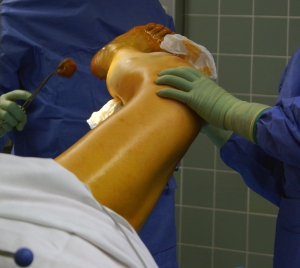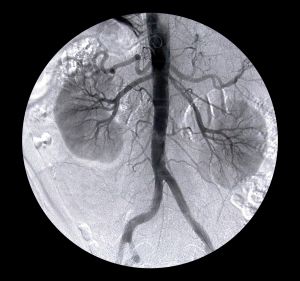Our Boston injury attorneys know that dialysis patients are dependent upon receiving regular medical care multiple times per week. Because the kidneys of a dialysis patient no longer work properly, the patient must regularly visit a designated dialysis clinic for hours at a time multiple times weekly in order for a dialysis machine to clean the blood. 
At a dialysis clinic, the idea is that the patient will sit in a chair while the dialysis machine works to clean the blood. The patient will be given appropriate medication and supplements to help improve health and to ensure that the dialysis process doesn’t do any damage to the body. Unfortunately, things don’t always work that way and dialysis patients can experience many complications. Five patients in Boston recently found that out when they were informed that they had been exposed to a virus.
Dialysis Patients Exposed to Hepatitis B
According to the Nephrology News and Issues, five patients who had undergone dialysis at the Boston Medical Center (BMC) received a telephone call after they underwent their dialysis procedure.
According to one of the patients who received the phone call, the contact came only a few hours after the dialysis treatment had finished for the day. The caller was an administrator from BMC who had bad news.
The BMC administrator indicated that the medical center had become aware that some of the dialysis machines had not been properly cleaned. As a result of the dirty and contaminated machines, some of the patients undergoing dialysis at the treatment center ended up being exposed to the Hepatitis B virus. In total, there were five patients who were potentially at risk of becoming ill as a result of the exposure to the virus from the dirty machines.
Because of the exposure, the patients who were affected and potentially at risk were informed that they would need an injection of gamma globulin. Gamma globulin is a substance that is made up of antibodies that help the body to fight the Hepatitis B virus. Boston Medical Center sent someone to the home of at least one of the affected patients to administer the shot.
Unfortunately, when anyone is exposed to any type of virus, there can be devastating consequences to that person’s health. For patients undergoing kidney dialysis who are already struggling with medical issues and whose bodies cannot effectively remove waste products, the effects of this type of exposure could be even worse. A virus could undermine the health of the dialysis patient, making the patient sicker. This can be a major problem, especially if the patient is undergoing dialysis while awaiting a kidney transplant, since a patient can no longer have such a transplant once he or she becomes too sick.
Tragically, exposure to a dirty machine is not the only time dialysis patients have been put at risk. A number of other medical malpractice issues and dangerous drug issues can also endanger dialysis patients. For example, many dialysis patients are given the wrong antibiotic medication according to studies published in Nephrology News. In other cases dialysis patients may be given a medication intended for their care such as GranuFlo or NaturaLyte but the drugs themselves will turn out to be dangerous and to increase the chances of a heart attack.
These mistakes and the harm that come to dialysis patients are simply inexcusable. Drug manufacturers, clinic operators and healthcare providers all need to do better to ensure that the dialysis experience is one that promotes and maintains health rather than an experience that compromises health and makes things worse.
Continue reading
 Boston Personal Injury Attorney Blog
Boston Personal Injury Attorney Blog












